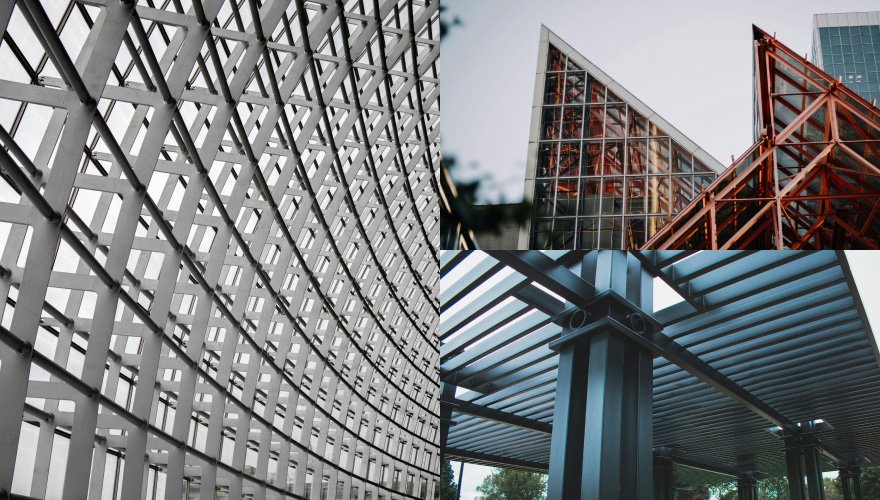20 May Is Steel Fabrication Worthwhile in Construction Projects?
Steel fabrication is a cornerstone of modern construction, playing a pivotal role in the development of robust, durable, and innovative structures. But is it truly worthwhile? The answer, resoundingly, is yes. Here’s why:
Strength and Durability
Steel is renowned for its strength and durability. Unlike other building materials, steel can withstand extreme weather conditions, including high winds, heavy snow, and seismic activities. This resilience ensures that structures remain safe and intact over long periods, reducing maintenance costs and extending the lifespan of buildings. The high strength-to-weight ratio of steel also allows for the construction of taller and more complex structures without compromising on stability and safety.
Precision and Flexibility
One of the most significant advantages of steel fabrication is the precision it offers. Fabrication involves cutting, bending, and assembling steel components to exact specifications, ensuring that every piece fits perfectly within the design framework. This precision minimizes errors during construction, leading to faster project completion times and reduced labor costs. Moreover, steel’s flexibility in design means it can be molded into virtually any shape, enabling architects and engineers to realize innovative and aesthetically pleasing designs that would be difficult or impossible with other materials.
Sustainability
In today’s environmentally conscious world, the sustainability of building materials is a crucial consideration. Steel stands out as an eco-friendly option due to its recyclability. Steel can be recycled multiple times without losing its properties, making it a sustainable choice for construction projects. Additionally, the use of prefabricated steel components reduces waste on construction sites and lowers the environmental impact. The energy efficiency of steel structures also contributes to their sustainability, as steel buildings can be designed to optimize energy use, further reducing their carbon footprint.
Cost-Effectiveness
While the initial cost of steel may be higher than some other materials, the long-term benefits often outweigh these upfront expenses. The durability and low maintenance requirements of steel structures translate into significant cost savings over time. Additionally, the speed and efficiency of steel fabrication can shorten construction timelines, leading to lower labour costs and earlier occupancy. This can be particularly advantageous in commercial projects where time is money.
Versatility
Steel fabrication offers unmatched versatility. Whether it’s a residential home, a commercial skyscraper, or an industrial facility, steel can be adapted to suit a wide range of applications. Its ability to span large distances without support columns makes it ideal for open-plan designs, while its compatibility with other materials, such as glass and concrete, allows for diverse aesthetic and functional outcomes.
Conclusion
In conclusion, steel fabrication is not just worthwhile in construction projects; it is often the superior choice. The combination of strength, precision, sustainability, cost-effectiveness, and versatility makes steel a fundamental material in modern construction. As building demands continue to evolve, the role of steel fabrication is likely to become even more critical, ensuring that our infrastructure remains safe, durable, and adaptable for future generations.


